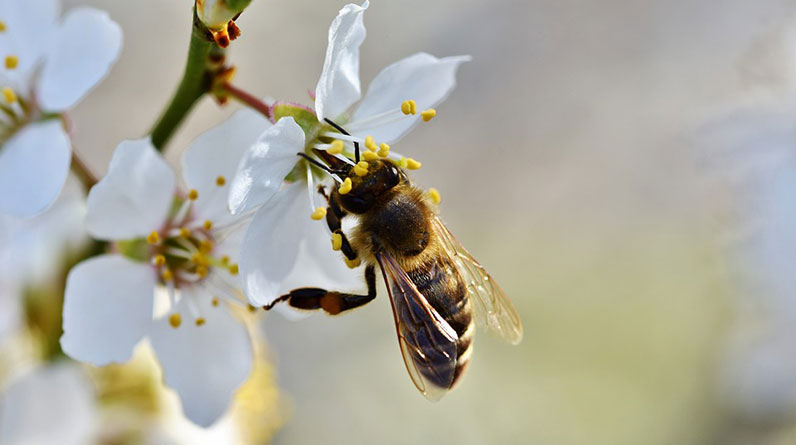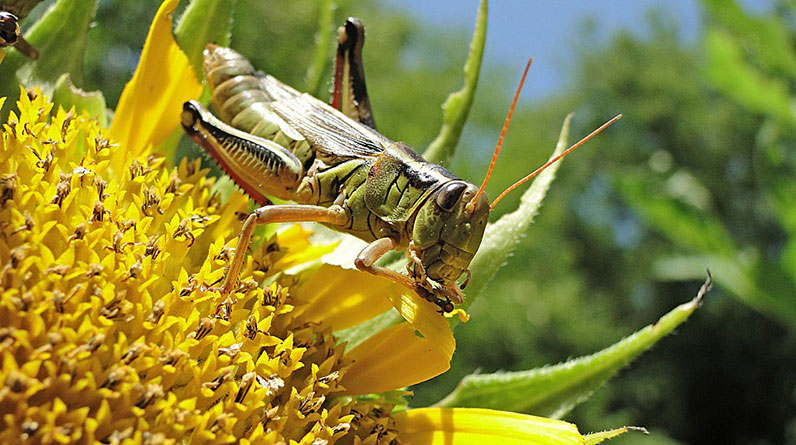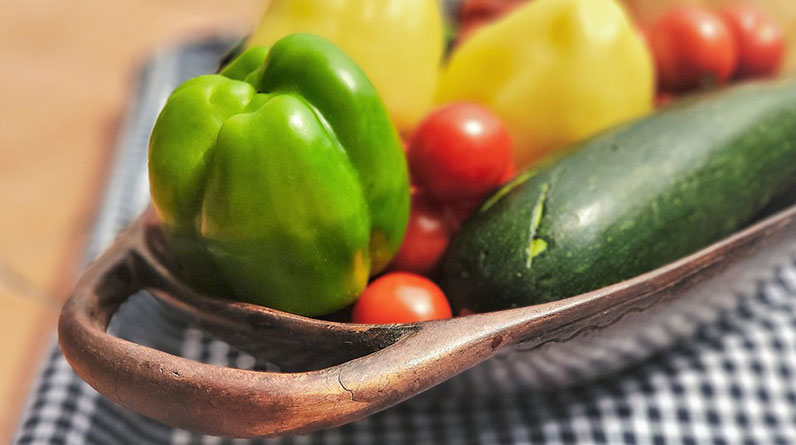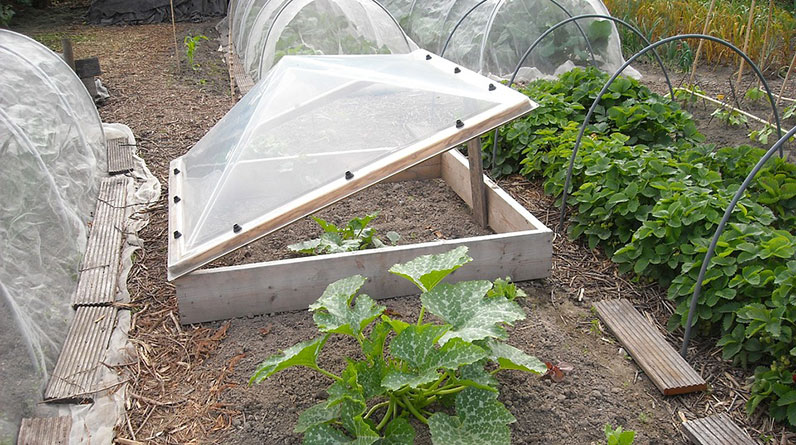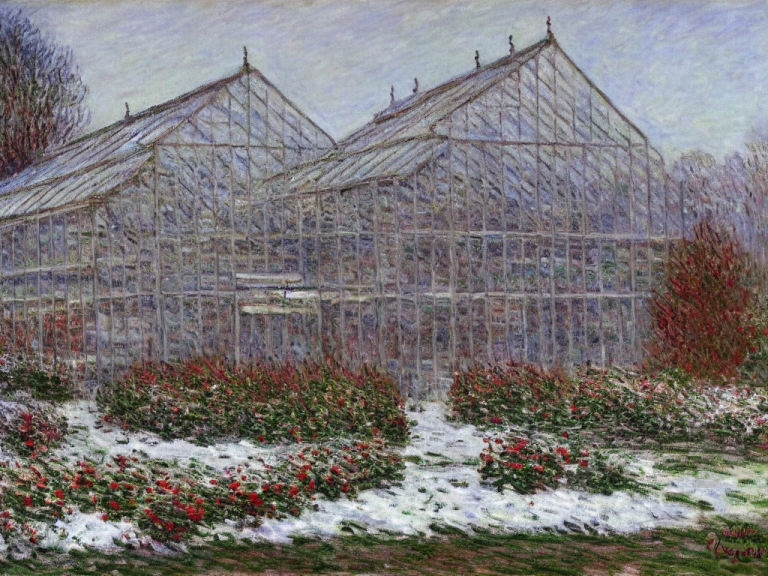Composting is the process of breaking down organic materials into a nutrient-rich soil amendment that can be used to improve the health and productivity of plants. It’s an incredibly rewarding practice that not only benefits your garden but also helps reduce waste sent to landfills.
But with so many different composting techniques and methods, it can be overwhelming for beginners to know where to start.
In this article, we’ll explore some of the best practices for successful composting and provide tips on how to get started. From choosing the right container to troubleshooting common problems, we’ll cover everything you need to know to create healthy compost and reap its benefits in your garden.
So whether you’re a seasoned composter looking to fine-tune your technique or a newcomer just starting, read on for our expert advice on composting!
Understanding Composting Processes
Creating compost is simple, but it takes knowledge and dedication to do it right.
There are lots of techniques one can use to speed up the composting process and get the most out of their compost, like aeration and turning piles.
Composting has many benefits, from helping the environment to giving you nutrient-rich soil for gardening.
Creating Compost
Are you ready to start creating your compost? Great! Let’s talk about the best practices for making compost.
First, choose a composting container that suits your needs and available space – there are many options, from small countertop containers to large outdoor bins.
Next, gather organic materials such as kitchen scraps (fruit and vegetable peels, eggshells), yard waste (leaves, grass clippings), and other biodegradable items like paper towels or cardboard.
It’s important to maintain a balance of ‘greens’ (high in nitrogen) and ‘browns’ (high in carbon) to ensure optimal decomposition.
Layer these materials in your container, adding water to keep it moist but not soggy.
Regularly turn or mix the contents of your bin to promote airflow and speed up the process.
Remember: patience is key when it comes to creating high-quality compost!
Composting Techniques
Now that you understand the basics of composting let’s dive deeper into some specific techniques.
One popular method is worm composting, which uses worms to break down organic material in a small bin or container.
This can be a great option for those with limited space or wanting to create nutrient-rich soil quickly.
However, it’s important to properly maintain your worm bin and troubleshoot any issues that may arise.
Another technique is backyard composting troubleshooting, which involves identifying and solving common problems that can occur during the composting process.
For example, if your compost smells bad or attracts pests, there may be too much nitrogen-rich material (like food scraps) and not enough carbon-rich materials (like dry leaves).
By adjusting the balance of these ingredients and regularly turning your pile, you can ensure successful decomposition.
Remember: Composting is a continuous learning process, so don’t be afraid to experiment and adjust as needed!
Composting Benefits
Now that we’ve explored specific composting techniques let’s talk about the benefits of composting.
As a composting expert, I believe reducing waste and improving soil fertility are two significant advantages of this process.
Composting allows us to divert organic material from landfills where it would otherwise contribute to greenhouse gas emissions.
Instead, these materials can be transformed into nutrient-rich soil amendments that enhance plant growth and reduce the need for synthetic fertilizers.
Additionally, composting helps to improve soil structure and water-holding capacity, leading to healthier plants and increased biodiversity in your backyard or garden.
By understanding the many benefits of composting, you’ll be motivated to continue experimenting with different methods and troubleshooting any issues that arise along the way.
Types Of Composting Methods
Indoor composting is a great way to get started if you’re new to composting, as it is the simplest form.
You need to collect organic kitchen scraps and keep them in a covered container until it’s full, and then you can mix it into your soil.
Outdoor composting works best for bigger batches of organic material, and it’s also a great way to recycle yard waste.
Vermicomposting is a unique form of composting that uses worms to break down organic material into a nutrient-rich fertilizer.
It’s an excellent choice for those looking to maximize their compost production.
Indoor Composting
If you live in an apartment or have limited outdoor space, indoor composting is a great option for reducing food waste and producing nutrient-rich soil.
One of the benefits of indoor composting is that it can be done year-round regardless of weather conditions.
However, some challenges exist, such as odor control and managing moisture levels. To address these issues, use a container with a tight-fitting lid and incorporate materials like shredded paper or dried leaves to help absorb excess moisture.
Another important tip is to avoid adding meat, dairy, or oily foods, which can attract pests and produce unpleasant smells.
By following these best practices, your indoor composting efforts will be a valuable resource for your plants while minimizing environmental impact.
Outdoor Composting
Now that we’ve covered indoor composting let’s talk about its outdoor counterpart.
Outdoor composting is an excellent option for those with larger yards or garden spaces looking to reduce food waste and produce nutrient-rich soil for their plants.
Consider investing in a composting bin to help contain the materials and speed up decomposition.
One of the key factors to keep in mind when outdoor composting is temperature control – aim for a mix of ‘green’ materials like fruit and vegetable scraps with ‘brown’ materials like dried leaves or twigs to maintain an optimal internal temperature range of 130-160°F.
With proper care and attention, your outdoor compost pile can thrive and provide you with a sustainable source of fertilizer for years to come.
Vermicomposting
Now that we’ve covered outdoor composting let’s dive into another method: vermicomposting.
As a composting expert, I highly recommend this technique for its numerous benefits. Vermicomposting involves using red worms to break down food scraps and other organic materials into nutrient-rich soil.
This can be done indoors or outdoors in a worm bin, but it comes with challenges, such as managing moisture levels and avoiding overfeeding the worms.
However, the result is worth it – vermicompost is packed with beneficial microorganisms and nutrients that can greatly benefit your garden plants.
Tips For Successful Composting
Regarding composting, the key to success is choosing suitable materials and managing temperature and moisture levels.
With the right approach, you can quickly achieve a rich, nutrient-dense compost that’ll do wonders for your garden!
Choosing The Right Materials
Are you tired of throwing away all your organic waste? Do you want to reduce the amount of garbage in landfills?
Composting is an excellent way to repurpose food scraps and yard trimmings while enriching the soil for gardening. When choosing materials for composting, it’s essential to consider what will break down efficiently in your compost bin.
The ideal ingredients include ‘green’ nitrogen-rich items like vegetable peels and grass clippings with ‘brown’ carbon-rich components such as leaves and shredded paper. Avoid adding meat or dairy products that attract pests or emit unpleasant odors.
By selecting the right materials, you can ensure optimal conditions for decomposition and create a high-quality, nutrient-dense product.
Temperature And Moisture Management
Now that you know which materials to use for composting, let’s talk about temperature and moisture management.
As a composting expert, I recommend maintaining aerobic vs. anaerobic conditions to foster healthy decomposition.
Aerobic refers to an oxygen-rich environment necessary for beneficial bacteria and microbes to break down organic matter effectively.
In contrast, anaerobic conditions can produce unpleasant odors and attract pests while slowing the breakdown process.
Keeping the carbon-to-nitrogen ratio between 25:1 and 30:1 will also help regulate the temperature in your compost bin.
Too much nitrogen can cause overheating, while too little may slow decomposition.
Moisture is also crucial as it aids in breaking down organic matter without drying out or becoming waterlogged.
Aim for dampness similar to a wrung-out sponge by adding water when needed but avoiding over-saturating your compost pile.
By managing these factors carefully, you’ll be on your way to successful composting!
Frequently Asked Questions
How Do I Compost Pet Waste?
Composting pet waste is not as simple as throwing it in a pile with other organic materials.
There are dos and don’ts to consider, such as avoiding composting meat or dairy products and pet waste.
It’s also important to use compostable pet waste bags that will break down over time.
Managing odor control can be challenging, but adding carbon-rich materials like leaves or straw can help absorb unpleasant smells.
Composting cat litter requires special attention because some types may contain harmful bacteria.
Vermicomposting (using worms) is another option for composting pet waste, but it requires careful management to ensure the worms stay healthy and happy.
Overall, composting pet waste takes more effort than simply tossing it in the trash, but it can greatly reduce your environmental impact if done correctly.
Can I Compost Dairy And Meat Products?
Composting meat and dairy products can be challenging due to their high-fat content, slowing the composting process.
However, it is possible to compost these materials with proper preparation and attention.
Some alternative disposal methods for meat and dairy include burying or using a specialized digester.
It’s important to check local composting regulations before adding these items to your compost pile, as some areas may restrict what can be composted.
Overall, while there are challenges to composting meat and dairy, it is still a viable option for reducing waste in an environmentally-friendly way.
How Often Should I Turn My Compost Pile?
The importance of turning your compost pile cannot be overstated. It not only helps to mix the materials and provide oxygen, but it also ensures that all parts of the pile are exposed to moisture and temperature changes, resulting in faster decomposition.
The benefits of frequent turning include a reduction in unpleasant odors and creating a more nutrient-rich end product.
How often you should turn your compost pile depends on several factors, such as the tools and techniques you’re using and the current moisture content. A general rule of thumb is to turn every one to two weeks or when the internal temperature reaches 130-150°F.
If you notice any issues with your composting process, troubleshooting tips can help get things back on track.
Can I Compost Paper Towels And Napkins?
As a composting expert, I often encounter myths about what can and cannot be added to a compost pile.
One common question is whether paper towels and napkins can be composted.
The answer? Yes! If they are made of biodegradable materials, such as unbleached paper or bamboo fibers, they will break down in your compost bin like any other organic matter.
Not only does this help reduce waste in landfills, but it also provides valuable nutrients for your garden.
However, it’s important to use caution when adding anything to your compost pile – always research composting safety guidelines before beginning the process.
And if you’re looking for alternatives to traditional paper products, consider investing in reusable cloth napkins and hand towels instead of disposable options.
We can all do our part to create a healthier planet for future generations by embracing these simple composting benefits and practices.
Can I Use Compost From Diseased Plants In My Garden?
Using diseased compost in your garden can be risky and may spread harmful weeds or diseases to healthy plants. It’s always best to err on the side of caution when using compost from diseased plants.
Instead, focus on composting materials less likely to carry pathogens, such as cardboard boxes and coffee grounds. While citrus fruits can also be added to compost, they should be used sparingly due to their acidic nature.
By following these best practices for composting, you’ll create a nutrient-rich soil amendment that will benefit your garden without posing any risks to your plants’ health.
Conclusion
As a composting expert, I want to leave you with some final thoughts on the importance of composting.
Think of your pile as a garden – it needs love and attention to thrive.
Like how we nourish our bodies with healthy food, our gardens need nutrient-rich soil to grow strong and vibrant.
By taking the time to compost correctly, not only are you reducing waste in landfills, but you’re also creating something beautiful for your garden.
It’s a cycle of life that benefits everyone involved – from the smallest microorganisms up to us humans enjoying fresh produce from our backyard.
So let’s continue to put in the effort and care needed for successful composting practices – for ourselves and future generations.

